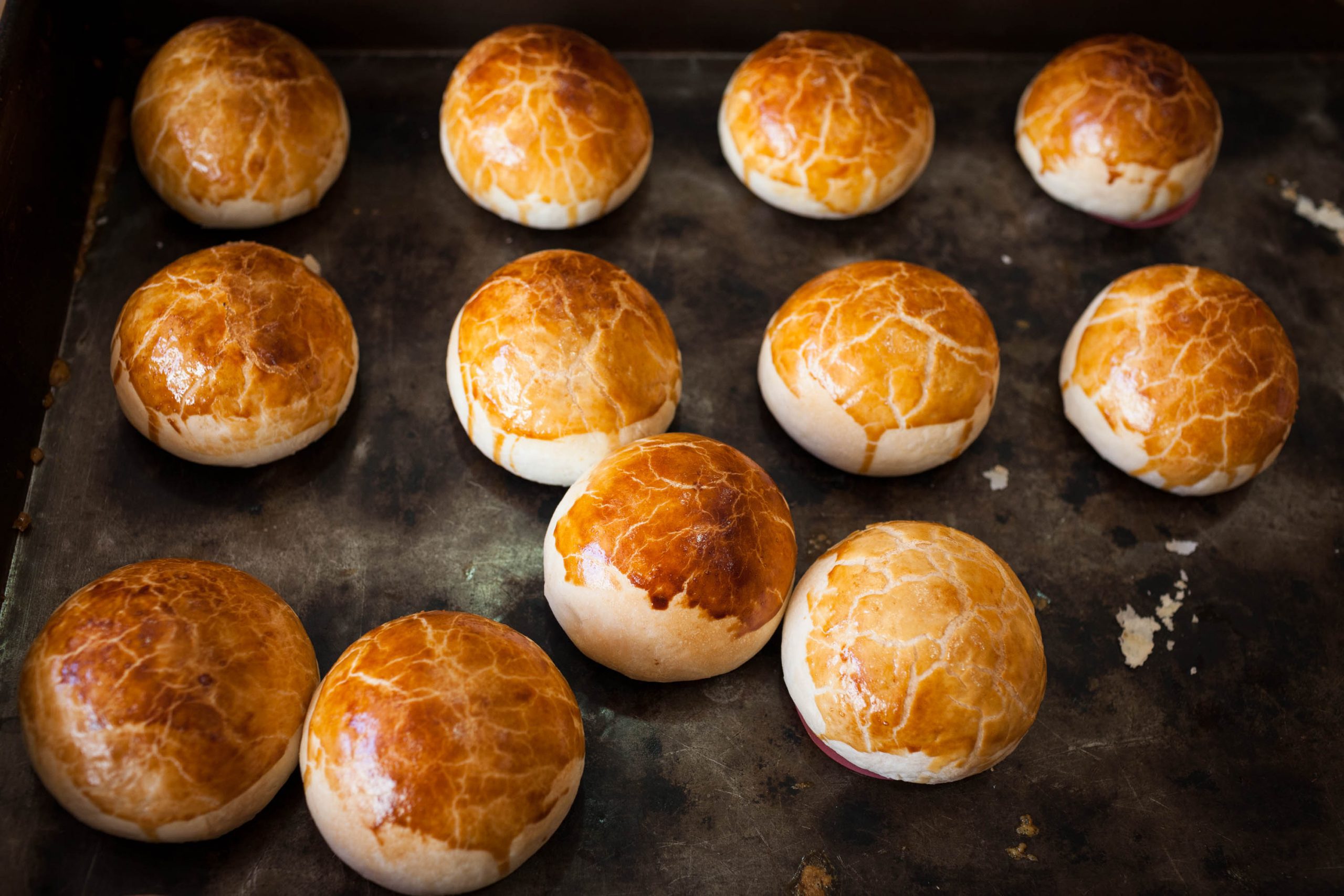
In the realm of Chinese weddings, the symbolic resonance of the bridal pastry extends beyond its culinary allure, encapsulating cultural heritage, wishes for the couple, and aesthetic traditions. This extended overview delves deeper into the intricate world of Chinese bridal pastry, exploring the nuances of key ingredients, their cultural significance, and the meticulous artistry involved in their composition.
Key Ingredients:
Red Bean Paste:
The quintessential filling, red bean paste embodies sweetness and marital harmony.
Variations range from the velvety smoothness of sweet red bean paste to the coarser texture of mashed red beans, offering a diverse sensory experience.
Lotus Seed Paste:
Embodying themes of fertility and a harmonious union, lotus seed paste graces many bridal pastries.
The varying degrees of sweetness in lotus seed paste cater to a spectrum of taste preferences, ensuring a personalized experience for each consumer.
Pine Nuts:
Adding a subtle crunch and a depth of flavor, pine nuts symbolize longevity and good fortune.
The meticulous incorporation of these nuts contributes not only to taste but also to the overall texture profile of the pastry.
Sesame Seeds:
Toasted sesame seeds, a common topping, impart a nutty richness to the pastry.
Beyond flavor, sesame seeds symbolize fertility, aligning with the wishes for a fruitful and abundant marriage.

Glutinous Rice Flour:
- Serving as the foundational element, glutinous rice flour imparts a chewy texture, symbolizing a cohesive and sticky marriage.
- Its flexibility allows for the creation of various pastry shapes, contributing to the overall aesthetic appeal.
Edible Flowers and Leaves:
Delicate additions such as chrysanthemum petals or osmanthus flowers not only enhance the visual appeal but also carry symbolic meanings.
These floral elements symbolize purity, beauty, and the abundance of blessings in the couple’s life.
Composition:
- Multi-Layered Structure:
The multi-layered structure of Chinese bridal pastries symbolizes the layers of a relationship.
Each layer represents a stage in the couple’s journey, emphasizing the progression and growth of their bond.
- Intricate Patterns and Designs:
Artistry takes center stage as intricate patterns and designs adorn the outer layers of the pastry.
Traditional motifs such as the double happiness symbol, phoenixes, or dragons convey wishes for happiness, prosperity, and good fortune.
- Symbolic Shapes:
The art of shaping pastries into meaningful forms, such as pairs of mandarin ducks or intertwined phoenixes, transcends culinary craftsmanship.
These shapes symbolize love, fidelity, and the intertwining of destinies in marriage.
- Color Symbolism:
Red, the dominant color, signifies joy and good luck in Chinese culture.
Additional colors, carefully selected for their symbolic meanings, contribute to the visual richness of the pastry and convey specific wishes, such as gold for wealth and white for purity.
Conclusion:
The ingredients and composition of Chinese bridal pastryform a harmonious union of culinary excellence and cultural symbolism. These pastries, with their intricate layers, meaningful shapes, and vibrant colors, become a canvas for expressing the profound wishes and cultural values associated with marriage.
Recommendations:
- Encourage innovation in design while preserving the core symbolism embedded in traditional shapes and motifs.
- Collaborate with skilled artisans to elevate the artistry and craftsmanship of Chinese bridal pastries.
- Future Exploration:
- Future studies could explore the global adaptation of Chinese bridal pastries, examining how different cultures interpret and integrate these symbols into their own wedding traditions.







